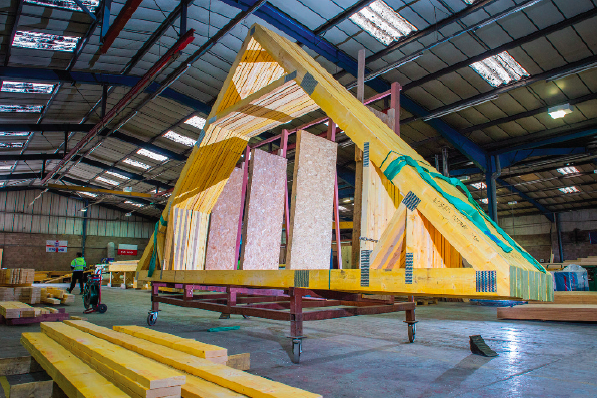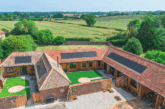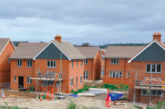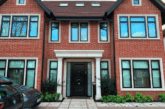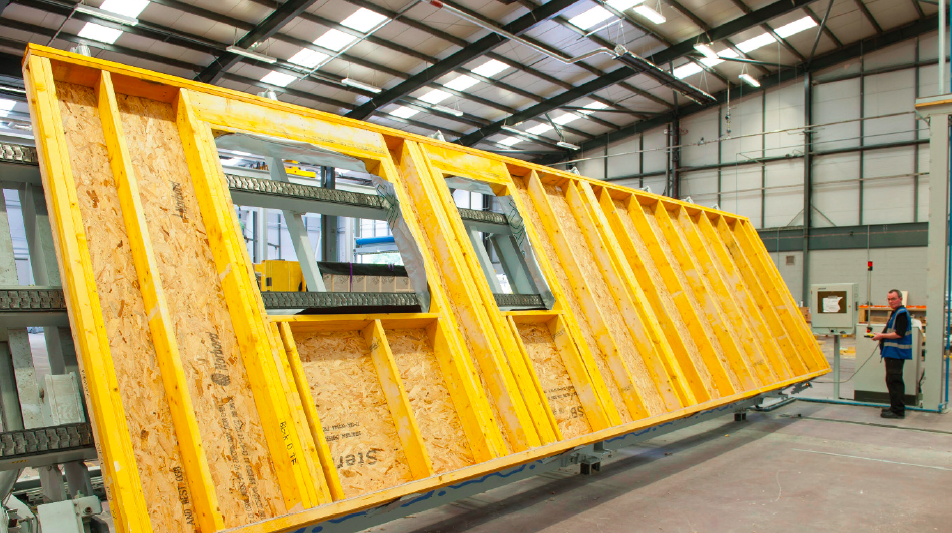
The Labour Government has ushered in another new era for housebuilding in the UK, and at a time when addressing the housing shortage has never been more in the spotlight. Here, Andrew Carpenter, Chief Executive of the Structural Timber Association (STA), delves deeper into the government’s commitments, and how timber frame can support them.
Housing was a key part of the pledge that Keir Starmer and the Labour Party made to the UK, going as far as to declare themselves as the ‘party of ownership’, promising to build 1.5 million homes at the rate of at least 300,000 homes per year. In addition, in her opening speech as Chancellor of the Exchequer, Rachel Reeves further bolstered the Government’s commitment to housing, announcing that it will reinstate mandatory housing targets for Local Planning Authorities (LPA).
Similarly, Deputy Prime Minister Angela Rayner ascertained that in line with housing targets, local authorities must consider, ‘how to deliver new homes, not whether to’, which leads to the important conclusion that houses must be built quickly and with sustainability in mind. If UK home seekers and housebuilders are to truly benefit from the opportunity of more homes built more sustainably, then the use of structural timber is crucial. From a lower carbon footprint to lower energy use, faster build, and enhanced quality, there are many valid reasons to switch.
While a fundamental change is required, the existing manufacturing infrastructure is well established with structural timber manufacturers across the UK investing and evolving for growth. The sector can deliver 100,000 homes per year at current capacity, a third of the Government’s target of 300,000 annually. Large housebuilders like Vistry, Taylor Wimpey, Barratt Developments, Cala Homes and Avant Homes have also invested in either their timber frame factories or partnerships with existing manufacturers. Ultimately, there is a demand for structural timber as the wider industry realises the benefits it brings.
As manufacturing in other industries has evolved to automation, quality controls, speed and increased capacity, so too has structural timber manufacturing. Automation has led the way to precisionengineered, high-quality products, delivered just in time to the site, ready to erect with little or no waste. The faster build improves overall project timescales and costs while reducing the need for additional skilled labour on site. At a time when bricklayers are at a premium, a structural timber build enables two homes to be completed with the same bricklaying resource that one masonry house requires. The UK has a key opportunity to change the face of housebuilding for the future, delivering 1.5 million homes and doing so in a way that will help us achieve net zero. The message to any housebuilders not yet utilising timber is to not waste any more time. Structural timber manufacturers and SME supply chains are already well equipped to deliver 100,000 timber frame homes a year, and the demand is even greater than that. The STA exists to serve the timber industry and its members, providing insight, guidance, advice and information on every aspect of the process.
We urge the Government to renew the commitment to increasing the use of timber in the Timber in Construction Policy Roadmap, published by DEFRA in December last year – some important progress has already been made and we must continue this momentum.
For information and guidance on transitioning to building in timber frame, speak to the STA


